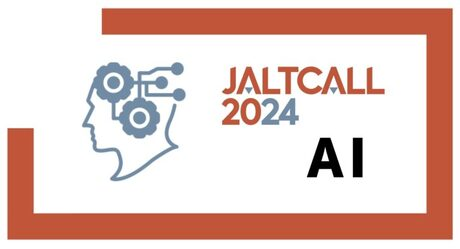Speaker
Description
Utilizing virtual reality (VR) yields reported benefits in foreign language acquisition, offering a detailed content presentation unavailable through traditional methods and enabling experiences previously deemed dangerous, time-consuming, or cost-prohibitive (Feng et al., 2018; van Ginkel et al., 2019). Conversely, authentic task-based learning is recognized as advantageous in foreign language acquisition, with recent emphasis on authenticity for task activities, grounded in the belief that a disconnect between learning situations and real-life language use hinders effective communication.
This practice-based presentation will illustrate the seamless integration of VR into task-based language activities, aligning with language learning objectives. The VR task involves taking learners on a virtual tour of their favorite places, requiring them to introduce and describe these locations to their peers using a map application. The task, set at the A2 level of the Common European Framework of Reference for Languages (CEFR) to match learners' proficiency, employs the "Oculus Quest 2" VR headset and a map app incorporating Google Street View into VR, chosen for its user-friendly interface, even for VR beginners. Practical tips, including head-mount display (HMD) setup and management with multiple students, will be shared, along with detailed directions for instructors initiating their first HMD-based activity.
Survey results from learners will be presented, introducing the impact of the authentic VR environment on independent engagement and its role in facilitating output activities. Additionally, the survey outcomes will elucidate shifts in motivation toward foreign language tasks induced by the immersive VR experience.
| Keywords | Task-based Language Learning, Virtual Reality, Speaking |
|---|

